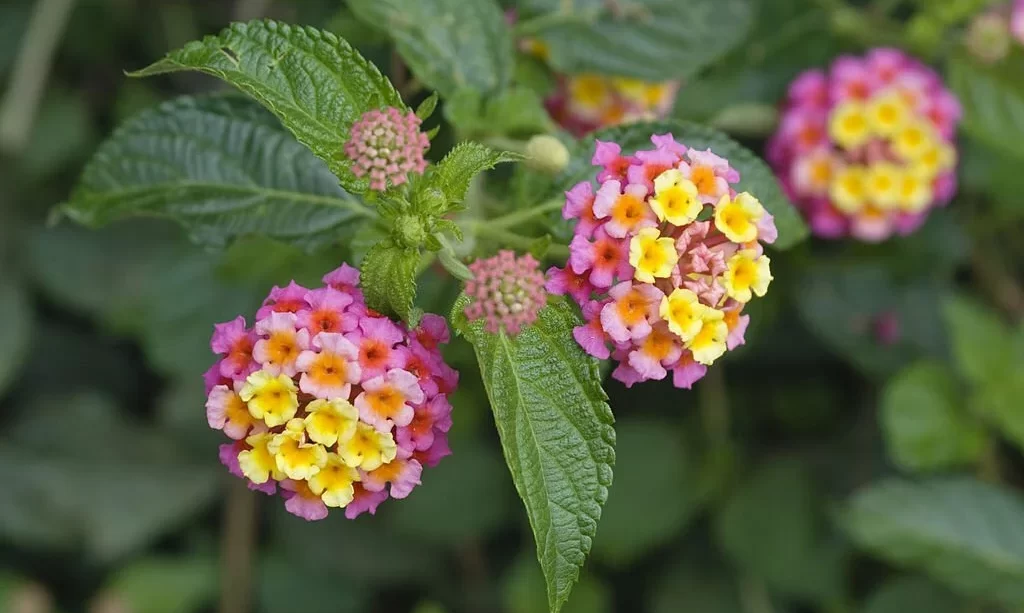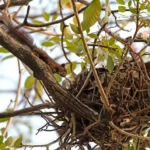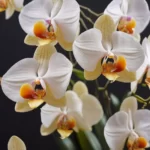Lantana, known for its vibrant and abundant blooms, can be even more spectacular with the practice of deadheading. In this guide, we’ll explore the art of deadheading lantana, a simple yet powerful technique to enhance the beauty and longevity of its flowers. Understanding when and how to deadhead is key to ensuring a continuous display of colorful blossoms in your garden.
Deadheading
Before delving into the specifics, it’s essential to grasp the concept of deadheading. Deadheading involves the removal of spent or faded flowers from the plant. This seemingly small act plays a significant role in encouraging lantana to produce new blooms, ultimately promoting a healthier and more vibrant appearance.
When to Deadhead Lantana
Knowing the opportune time to deadhead lantana is crucial for its effectiveness:
- Identifying the right time in the blooming cycle: Deadheading is most beneficial when the lantana plant has finished flowering, and the blossoms begin to fade or wither.
- Signs that indicate lantana flowers are ready for deadheading: Look for faded, discolored, or wilted flowers. These are clear indicators that the plant has invested its energy in these blooms, signaling it’s time for deadheading.
Understanding the timing ensures that deadheading becomes a proactive measure rather than a reactive one, contributing to the overall health and beauty of your lantana plants.
Tools Needed for Deadheading
To deadhead lantana effectively, you’ll need a few essential tools:
- Clean and sharp pruning shears: Use pruning shears that are sanitized and sharp to ensure clean cuts without causing damage to the plant.
- Gloves: Wearing gardening gloves protects your hands and provides a better grip while deadheading.
- Container or bag: Have a container or bag on hand to collect the removed flowers and prevent them from scattering in the garden.
Understanding the purpose of each tool ensures a smooth and precise deadheading process, promoting the health of your lantana.
Step-by-Step Guide on How to Deadhead Lantana
Follow these steps to deadhead your lantana effectively:
- Step 1: Identifying spent or faded flowers: Regularly inspect your lantana for flowers that have faded, wilted, or are past their prime.
- Step 2: Using clean and sharp pruning shears: Make sure your pruning shears are clean and sharp before starting the deadheading process.
- Step 3: Cutting just above a leaf node or pair of leaves: Position the pruning shears just above a healthy leaf node or pair of leaves and make a clean cut. This strategic cut encourages new growth.
- Step 4: Collecting and disposing of the removed flowers: Gather the removed flowers in a container or bag for easy disposal. This prevents them from becoming a potential source of diseases or pests.
Following these steps ensures that your lantana continues to produce fresh blooms and remains in optimal health throughout the growing season.
Tips for Effective Deadheading
Maximize the benefits of deadheading with these tips:
- Regularity and consistency in deadheading: Make deadheading a routine part of your gardening schedule, especially during the growing season. Consistent removal of spent flowers encourages continuous blooming.
- Observing the overall health of the lantana plant during deadheading: Take the opportunity while deadheading to observe the general health of your lantana. Look for signs of pests, diseases, or nutrient deficiencies and address them promptly to ensure robust and vibrant growth.
Conclusion
In conclusion, mastering the art of deadheading lantana is a rewarding practice for any gardener. By understanding when to deadhead, having the right tools, and following a step-by-step guide, you can ensure that your lantana plants remain in full bloom, offering a colorful and lively display in your garden. The simple act of deadheading not only enhances the aesthetic appeal of your lantana but also contributes to the overall well-being of the plant. Embrace this gardening technique to enjoy continuous bursts of vibrant flowers and a flourishing lantana garden throughout the seasons.



